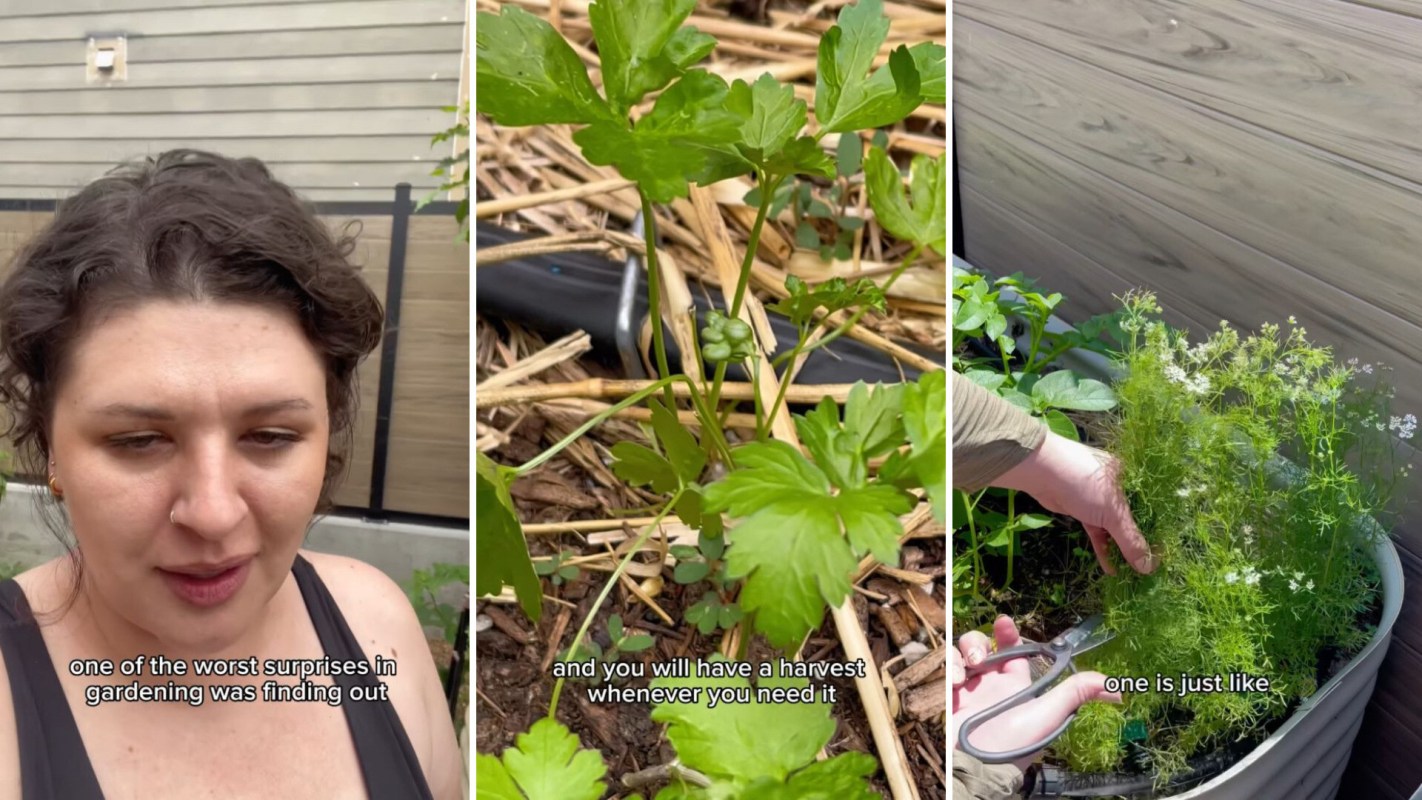Cilantro, the delicious fresh herb used in sauces and sprinkled on tacos, is notoriously intolerant of heat. One gardener on Instagram is showing others how to grow cilantro in warm climates so they can serve it up all summer long.
The scoop
Instagram user Abbi Page (@makinggardenmagic) shared a video of her cilantro gardening hack on her account.
Since the plant tends to flower and seed at temperatures above about 80 degrees, per Page, it's crucial to clear-cut the plant regularly to encourage it to produce more leaves as well as plant cilantro often throughout the season.
"You will always have a harvest whenever you need it," Page explains.
How it's helping
Cilantro is a popular garden crop because of how suitable it is across cuisines. Growing herbs in a garden is not only a way to ensure you always have accessible ingredients for your recipes, but it also decreases the amount of money you need to spend on buying herbs from the grocery store.
Page's tips for growing plants like cilantro are vital in a rapidly warming climate. Warmer weather conditions and changing precipitation patterns stress a plant's ability to self-regulate, reproduce, and thrive.
In order to continue growing important, temperature-sensitive crops like tomatoes, squash, and peppers, agriculture scientists will have to consider human interventions to growing these plants, including planting them in different locations with more access to shade or pruning them at various times to ensure optimal growth and yield.
What everyone's saying
Many Instagram users were curious about whether the seeds were edible or not. Page explains that although the flowers and seeds of the cilantro are edible, they tend to be a bit more bitter than the leaves. This flavor may be beneficial in some Persian recipes, Page notes. And although some recipes utilize the seeds from the plant, the lion's share of cilantro use is for its leaves.
Other users suggested ways to shield the plant from direct sunlight. "Don't give it full sun all day and when the lower nodes start popping outward, you prune the top and use it," one user suggested.
Join our free newsletter for easy tips to save more, waste less, and help yourself while helping the planet.









